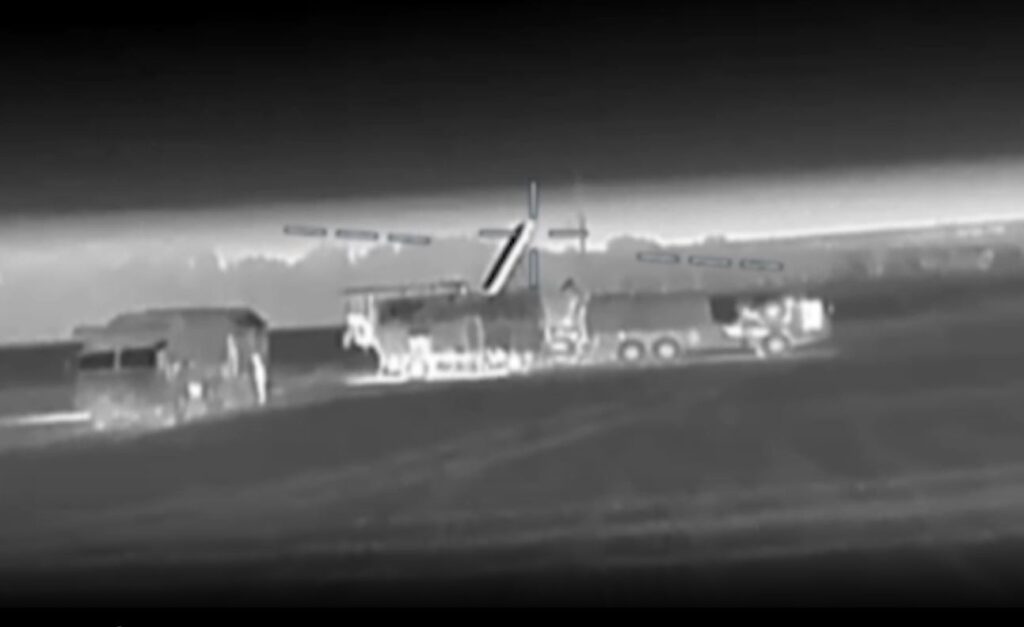Trapped for 33 days in occupied zone, wounded Ukrainian soldier rescued by ground robot in daring op (video)

A Ukrainian soldier severely wounded in a Russian-occupied town spent more than a month waiting for rescue, according to Ukraine's First Separate Medical Battalion. After six failed attempts and the loss of six ground drones, the seventh mission — carried out using a damaged land-based robotic system — finally brought him home alive. The battalion shared footage showing highlights of the operation, but did not specify the front sector or even the oblast where the mission took place.
33 days behind enemy lines: Seventh rescue attempt ends in success
According to the battalion, the soldier sustained a serious injury 33 days before the operation, with only a tourniquet keeping him alive. During that time, six rescue attempts failed. All used NRK—"ground robotic systems"—and all were either destroyed or rendered inoperable. Four of the six destroyed machines belonged to adjacent units.

Despite the repeated setbacks, the seventh attempt succeeded. The evacuation covered a total of 64 km, including 37 km driven with a damaged wheel. The NRK reportedly sustained a hit from an anti-personnel mine on the way to the wounded soldier but kept moving.
On the return route, a Russian drone dropped explosives on the machine. Thanks to the armored capsule it was carrying, the soldier inside was unharmed.

The entire operation lasted 5 hours and 58 minutes, with the ground drone averaging a speed of 13 km/h and reaching a top speed of 29 km/h.
The battalion confirmed the soldier was successfully evacuated and received necessary medical care. He is currently undergoing further treatment and is not in danger.

"If he didn’t surrender — we had no right to"
In a closing message, First Separate Medical Battalion noted,
“If the soldier didn’t surrender — we had no right to.”
33 days wounded in a Russian-held town. Six ground drones were lost trying to reach him. The seventh one, even with a damaged wheel, survived a landmine and a Russian drone strike to bring the wounded Ukrainian soldier to safety.
— Euromaidan Press (@EuromaidanPress) November 4, 2025
Details: https://t.co/HCUEpe6uEKpic.twitter.com/pFS5t042xB

 HUR
HUR 